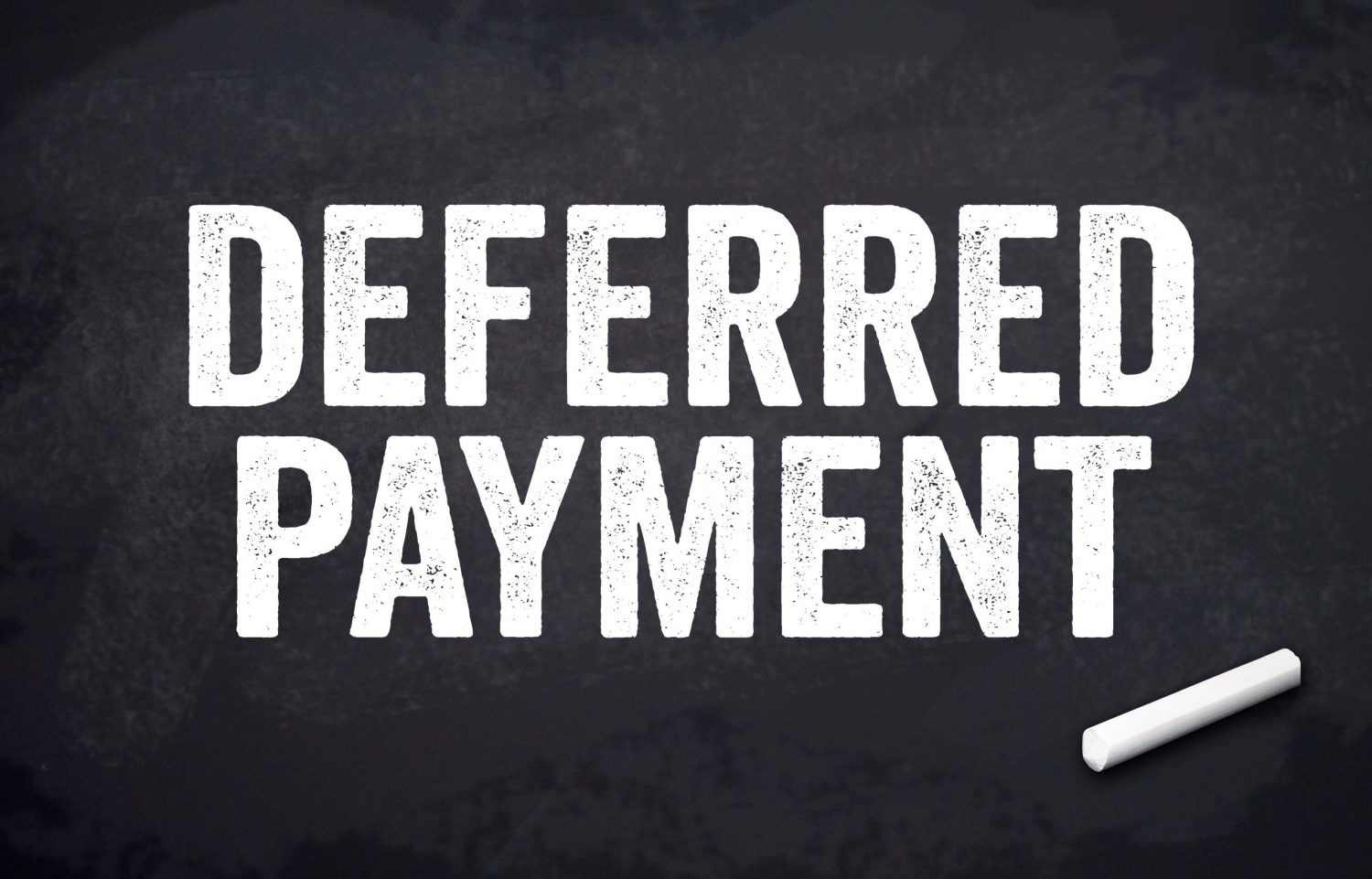Defaulting on your student loans can impact your credit score negatively.
Defaulting on a student loan is one step past being delinquent on your loan payments. The first day after you miss a student loan payment, your loan becomes delinquent (past due). It remains delinquent until you repay that amount, change your repayment plan, or enter into deferment or forbearance.
If your student loan payment is delinquent for 90 days or more, the loan servicer will report the delinquency to Experian, Equifax, and TransUnion – the three major credit bureaus – and if you continue to be delinquent, you risk your loan going into default.
Your loan can be declared in default if you don’t make your scheduled payments for at least 270 days.
Consequences of Defaulting on Your Student Loans
There are many consequences, both long and short term, that occur if you default on your student loans. Defaulting can impact your ability to borrow in the future, as well as your finances.
- You will lose eligibility for additional federal student aid.
- You will no longer receive deferment or forbearance and will lose the ability to choose a repayment plan.
- The entire unpaid balance of your loan, and any interest, is immediately due.
- Your wages may be garnished.
- Your default is reported to the credit bureaus, which damages your credit rating and can affect your ability to get a credit card, buy a car, or purchase a home.
- You may not be able to purchase or sell assets.
- Your loan holder can take you to court.
- You may be charged for the fees that are associated with the collection process.
- Your school may withhold your transcript until your defaulted loan is paid.
- It can take years to re-establish a good credit record.
If your debt is placed in collections, it will show up on your credit report, hurting your score.
How Is Your Credit Score Calculated?
Your credit score is calculated by weighing your payment history, credit utilization, the length of your credit history, your credit card mix, and new credit accounts. A high credit score lets lenders know you are creditworthy and not a high risk for repaying your loans.
Your credit score is calculated by combining multiple elements. When calculating your FICO Score, for example, each category your credit score is based on is valued with a certain percentage.
- Payment history: This takes into consideration whether you’ve paid past credit accounts on time and accounts for 35% of your FICO Score.
- Amounts owed (credit utilization): This accounts for 30% of your FICO Score; using a large percentage of your overall available credit can indicate that you are overextended and might have difficulties repaying what you’re borrowing.
- Length of credit history: This accounts for 15% of your FICO Score and considers how long your credit accounts have been established.
- Credit mix: This accounts for 10% of your FICO Score, focusing on credit cards, mortgage loans, installment loans, and retail accounts.
- New credit: This accounts for 10% of your FICO Score, indicating that if you open several accounts in a short period, you are a greater lending risk.
Credit Score Ranges
Generally, credit scores range from 300 to 850.
Credit scores are divided into five categories that describe your risk and where you stand compared to the U.S. average for credit scores.
- Poor (less than 580): If your score fits into the poor category, lenders may believe you to be a risk; this score is well below the U.S. average.
- Fair (580-669): Many lenders will approve loans with a fair score, but it is below the average for U.S. consumers.
- Good (670-739): Lenders consider a good score to be a good score. It’s near or slightly above average for U.S. consumers.
- Very good (740-799): A very good score is above average and indicates that the borrower is very dependable.
- Exceptional (800+): An exceptional score indicates to lenders that the borrower is an exceptionally low risk and is well above the average score for U.S. consumers.
Avoiding Default
Ideally, if you are having difficulties making student loan payments, you should discuss your options with your loan servicer before your loan becomes delinquent or defaulted.
Loan Repayment Plans
The federal government offers eight loan repayment plans, with different eligibility, terms, and conditions, and some even offer debt forgiveness.
- Standard Repayment Plan: Payments are fixed and ensure your loans are paid off within 10 years.
- Graduated Repayment Plan: Payments are initially lower and then increase every two years, ensuring your loans are paid off within 10 years.
- Extended Repayment Plan: Payments can either be fixed or graduated, ensuring that your loans are paid off within 25 years.
- Revised Pay As You Earn Repayment Plan (REPAYE): Monthly payments are capped at 10% of your discretionary income.
- Pay As You Earn Repayment Plan (PAYE): Monthly payments are capped at 10% of your discretionary income, not to exceed what you would pay with the 10-year Standard Repayment Plan.
- Income-Based Repayment Plan (IBR): Monthly payments are capped at either 10% to 15% of your discretionary income, not to exceed what you would pay with the 10-year Standard Repayment Plan.
- Income-Contingent Repayment Plan (ICR): Your monthly payment is either 20% of your discretionary income or what you would pay if your plan had a fixed payment for 12 years that is adjusted for your income, whichever is less.
- Income-Sensitive Repayment Plan: Your loan will be paid in full within 15 years with a payment based on your annual income.
Forbearance and Deferment
Forbearance and deferment are two ways to delay student loan payments in situations where you are unable to make payments on your loan or are having difficulties making complete payments. If you are eligible for forbearance, you can either temporarily make a smaller payment or pause your payment for a short time. Deferment postpones the repayment of a loan on a temporary basis. Depending on the type of student loan you have, it may or may not accrue interest while in forbearance or deferment.
Additional Programs
If you are having difficulty keeping up with your student loan payments, additional programs may be available.
If you have federal student loans, you can apply for a program called loan rehabilitation that allows you to catch up on payments with nine monthly payments based on your income over the next 10 months to get your student loans out of default.
It is also possible to consolidate your federal student loans into a Direct Consolidation Loan; if your loans are already in default, you will need to make three consecutive payments on time or agree to an income-based repayment plan.
Credit History Removal
If you rehabilitate a defaulted loan, the record on your credit report that you defaulted will be removed from your credit history; however, your late payments from before you defaulted will remain on your record. After seven years from when the late payments were first reported, they will drop off (disappear) from your credit report.
Overcome Defaulting on Your Student Loans
Defaulting on your student loans can have lasting impacts on your credit score, but with careful, proactive steps, the impacts can be lessened. With federal student loans, you can change your repayment plan, apply for deferment or forbearance, and apply for loan rehabilitation or a Direct Consolidation Loan.
After diligently making loan payments, it is possible, over time, to minimize the damage that defaulting on your student loans does to your credit score. To learn about your options for repaying your student loans, visit College Finance, where there are comprehensive resources available to get your payments back on track, minimizing the negative effects defaulting on your student loans can have on your credit score.

